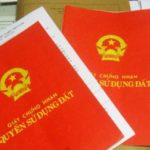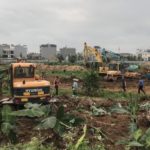Land disputes are an undesirable issue for landowners as they can cause a lot of hassle and require a lot of time to resolve. Understanding this, we at https://www.bachhoaxanh.com/ will provide a concise, detailed, and succinct guide to the information you need to know when dealing with land disputes.
1 What is a Land Dispute?
Land disputes arise from disagreements, conflicts, or even clashes between parties due to differences in interests, obligations, or rights related to land law. The disputing parties may include land managers, users, or those without ownership rights. Disputes are closely linked to land use and directly affect the parties involved as well as the state. If a piece of land is disputed, one party may not be able to exercise their rights, which can impact their obligations to the state.
 Land disputes
Land disputes
The main cause of land disputes is the historical changes in land ownership policies. After the August Revolution in 1945 and in 1953, the state and the Communist Party implemented land reforms to abolish the feudal land ownership system. In 1960, collective farming was introduced in the North, centralizing land ownership and stabilizing land use.
In the South, between 1845 and 1954, the government distributed land to farmers twice. However, in late 1957, the Saigon regime at the time reversed the revolutionary gains by implementing counter-land reforms, causing disruptions in land ownership. After 1975, the state established collective farms and used land for state farms and plantations, once again affecting people’s land use rights.
Nevertheless, according to Article 53 of the 2013 Constitution, land is owned by the entire people, with the state as the representative owner and unified manager. The state grants land use rights to individuals according to the Law. Thus, the legacy of the previous regime has led to some contradictions in land use rights.
2 Ways to Resolve Land Disputes
Mediation of Land Disputes
Types of Mediation: There are two types of mediation for land disputes: voluntary and mandatory.
Voluntary Mediation (Encouraged by the State): When a land dispute arises between parties, they can try to resolve it through mutual agreement or with the help of a grassroots mediator. This type of mediation is highly encouraged by the state.
Mandatory Mediation at the People’s Committee of the Commune, Ward, or Town where the disputed land is located: In cases where a land dispute is filed in court, and the court invites the parties to mediate, the individuals involved must participate in mandatory mediation at the local People’s Committee.
 Mediation of land disputes
Mediation of land disputes
Mediation Procedure: According to Article 202 of the 2013 Land Law and Article 88 of Decree 43/2014/ND-CP (with some amendments and supplements by Decree 01/2017/ND-CP), the mediation procedure is as follows:
Step 1: Filing a Request
One or both disputing parties must submit a request for resolution of the land dispute to the People’s Committee of the Commune, Ward, or Town where the disputed land is located.
Step 2: Receiving the Request
The People’s Committee will receive the request and conduct an inspection and comparison of the necessary information. They will then proceed to identify the causes of the dispute, collect relevant documents, and form a mediation council to resolve the dispute between the parties.
Step 3: Resolution
The mediation council will mediate between the parties and make a final decision. If the mediation is successful and there are changes to the boundaries or land users, the minutes of the mediation will be sent to the Department of Natural Resources and Environment or the Provincial Department of Natural Resources and Environment for recognition of the changed land boundaries and re-issuance of land use certificates.
If one party disagrees with the mediation outcome, they can file a lawsuit in court for resolution.
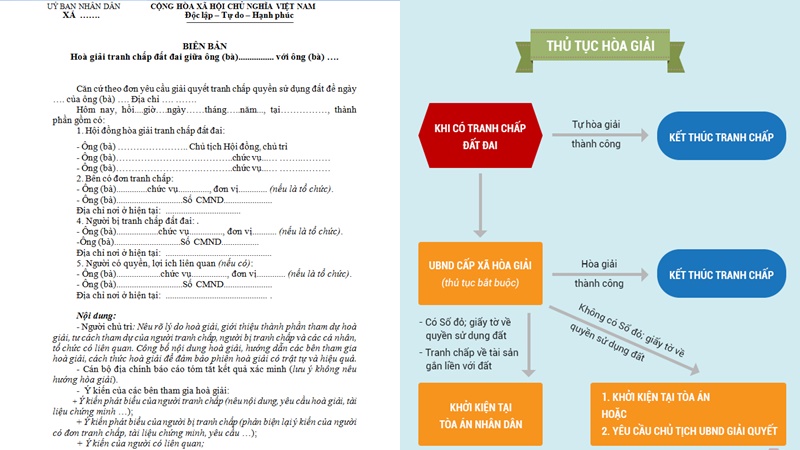 Mediation procedure for land disputes
Mediation procedure for land disputes
Dispute Resolution Procedure: The dispute resolution procedure will vary depending on whether the disputing parties have a land use certificate (“Red Book”).
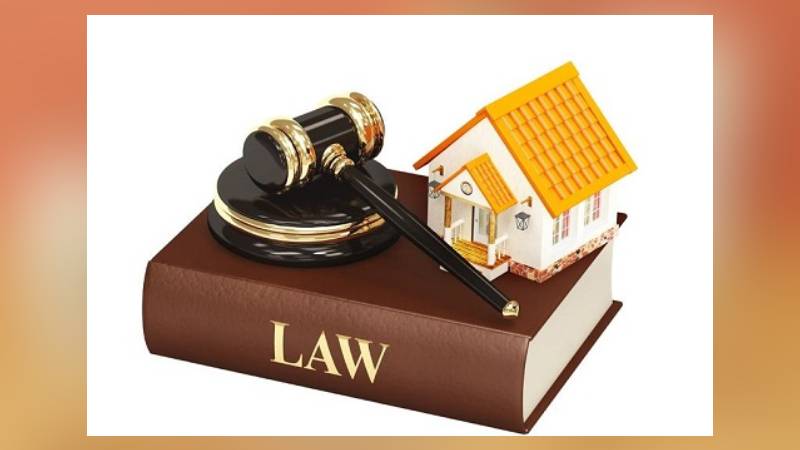 Land disputes and their resolution.
Land disputes and their resolution.
For Disputes with a Land Use Certificate (“Red Book”):
When one of the disputing parties has a land use certificate or one of the documents specified in Article 100 of the Land Law, the case will be handled by the People’s Court of the district where the disputed land is located, following civil procedure rules.
Step 1: Prepare the Lawsuit
The lawsuit for a land dispute in the case of having a “Red Book” should include the following documents:
- Lawsuit petition according to the template here
- Documents proving land use rights, such as the land use certificate or one of the documents specified in Article 100.
- Minutes of mediation certified by the Commune-level People’s Committee and signed by the disputing parties.
- Plaintiff’s documents: Family register; identity card or citizen identification card.
- Other supporting documents: According to the Civil Procedure Code, the plaintiff must provide evidence to support their claims.
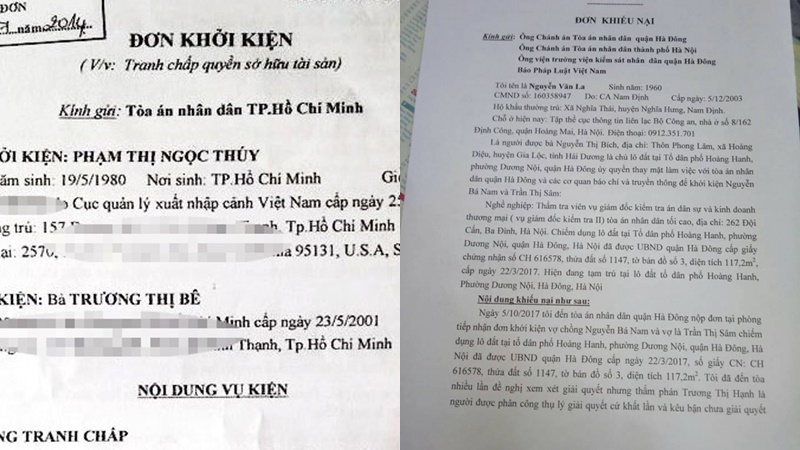 Lawsuit petition template for land disputes
Lawsuit petition template for land disputes
Step 2: File the Lawsuit
Once the documents are ready, the plaintiff can file the lawsuit at the People’s Court of the district where the disputed land is located. The filing can be done in person, by postal service, or electronically (if available).
Step 3: Court Acceptance and Resolution
If the submitted documents are incomplete, the court will request additional documents. Once the documents are complete, the court will notify the plaintiff to pay the temporary fee at the tax agency and submit the receipt to the court. The court will then process the case and prepare for the trial.
Trial Preparation and Trial: The court has a time limit of 4 months to handle the case, with a possible extension of up to 2 months for complex cases. During this period, the court will organize a mediation session. If mediation fails, the court will proceed with the trial.
After the first trial, if the disputing parties disagree with the verdict, they can file an appeal. However, they must have valid grounds for the appeal, or it may negatively impact their case.
For Disputes without a Land Use Certificate (“Red Book”):
In cases of land disputes without a “Red Book,” the disputing party can request the competent People’s Committee to resolve the issue or file a lawsuit in court.
Option 1: Request the Competent People’s Committee to Resolve the Dispute
Case 1: Disputes between households, individuals, or communities will be resolved by the Chairman of the district-level People’s Committee.
Case 2: If one of the disputing parties is an organization, a religious institution, an overseas Vietnamese, or a foreign-invested enterprise, the dispute will be resolved by the Chairman of the provincial-level People’s Committee.
Dispute Resolution Procedure at the District-level People’s Committee:
Step 1: Prepare and Submit Documents
Households or individuals involved in a land dispute should prepare a set of documents, including:
- Request for resolution of the land dispute here;
- Minutes of mediation at the Commune-level People’s Committee;
- Extracts of maps and land records from different periods related to the disputed land area, along with other relevant documents as evidence during the dispute resolution process;
- Report proposing a draft decision to resolve the dispute or recognizing the successful mediation.
The representative of the household or individual should submit these documents to the district-level People’s Committee.
 Request for resolution of land disputes
Request for resolution of land disputes
Step 2: Receive the Documents
Within 3 working days of receiving the documents, the agency will request additional information if the submission is incomplete. The individual will then need to supplement the documents as required.
Step 3: Process the Request
The Chairman of the district-level People’s Committee will assign the case to a consulting agency. This agency will be responsible for verifying the case, conducting on-site inspections, organizing mediation between the disputing parties, and holding meetings with relevant departments to advise on resolving the land dispute. After completing these tasks, the consulting agency will submit the case to the Chairman of the district-level People’s Committee for a decision.
Step 4: The Chairman of the District-level People’s Committee Issues a Decision
After reviewing the case and the consulting agency’s recommendations, the Chairman of the district-level People’s Committee will issue a decision to resolve the dispute or recognize the successful mediation. If the disputing parties accept this decision, the dispute is concluded. If not, they can file a complaint with the Chairman of the provincial-level People’s Committee or initiate administrative litigation in court.
The time limit for the district-level People’s Committee to resolve the case is 45 days, with an additional 10 days for mountainous, island, remote, or inaccessible areas.
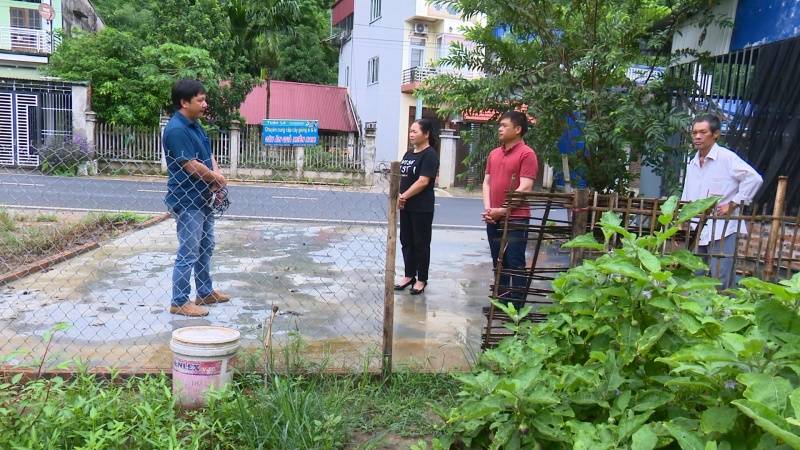 Consulting agency investigating to resolve the land dispute
Consulting agency investigating to resolve the land dispute
Dispute Resolution Procedure at the Provincial-level People’s Committee:
Step 1: Prepare and Submit Documents
Households or individuals involved in a land dispute should prepare a set of documents, which may include:
- Request for resolution of the land dispute;
- Minutes of mediation at the Commune-level People’s Committee; minutes of meetings with the disputing parties and related individuals; minutes of on-site inspections; minutes of meetings between relevant departments to advise on resolving the land dispute (if mediation fails); minutes of mediation during the dispute resolution process;
- Extracts of maps and land records from different periods related to the disputed land area, along with other relevant documents as evidence during the dispute resolution process;
- Report proposing a draft decision to resolve the dispute or recognizing the successful mediation.
The individual should submit these documents to the provincial-level People’s Committee where the disputed land is located.
Step 2: Receive the Documents
Within 3 working days of receiving the documents, the agency will request additional information if the submission is incomplete. If the documents are complete, they will be forwarded to the Chairman of the provincial-level People’s Committee for resolution.
Step 3: Process the Case
The Chairman of the provincial-level People’s Committee will assign the case to a consulting agency. This agency will be responsible for verifying the case, conducting on-site inspections, organizing mediation between the disputing parties if necessary, holding meetings with relevant departments, and submitting the case to the Chairman of the provincial-level People’s Committee for a decision.
Step 4: The Chairman of the Provincial-level People’s Committee Issues a Decision
After reviewing the case and the consulting agency’s recommendations, the Chairman of the provincial-level People’s Committee will issue a decision to resolve the dispute or recognize the successful mediation. If the disputing parties accept this decision, the dispute is concluded. If they disagree, they can file a complaint with the Minister of Natural Resources and Environment or initiate administrative litigation in court against the decision or administrative act of the Chairman of the provincial-level People’s Committee.
The time limit for the provincial-level People’s Committee to resolve the case is 60 days, with an additional 10 days for mountainous, island, remote, or inaccessible areas.
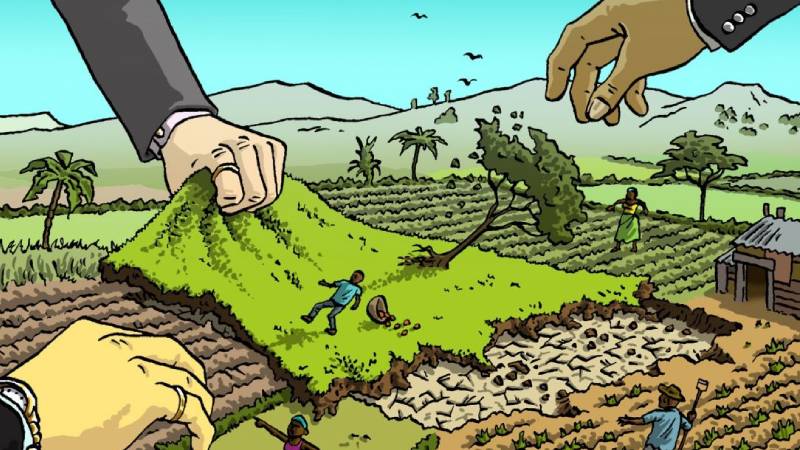 Land disputes – an unwanted situation
Land disputes – an unwanted situation
Option 2: File a Lawsuit in Court
The procedure for filing a lawsuit in court is the same as in the case of land disputes with a “Red Book” mentioned above.
We hope this article has provided you with useful information on resolving land disputes. If you have any further questions, feel free to ask in the comments below!
What is a Land Use Right Certificate (the “Red Book”) and a House Ownership Certificate (the “Pink Book”)? Everything You Need to Know About These Certificates in Vietnam.
What are the Red Book and the Pink Book? These are essential documents regarding land and property ownership in Vietnam. Understanding these documents is crucial for anyone looking to buy or sell real estate in the country. Join us as we delve into the world of the Red Book and the Pink Book and uncover everything you need to know about these vital records.




























